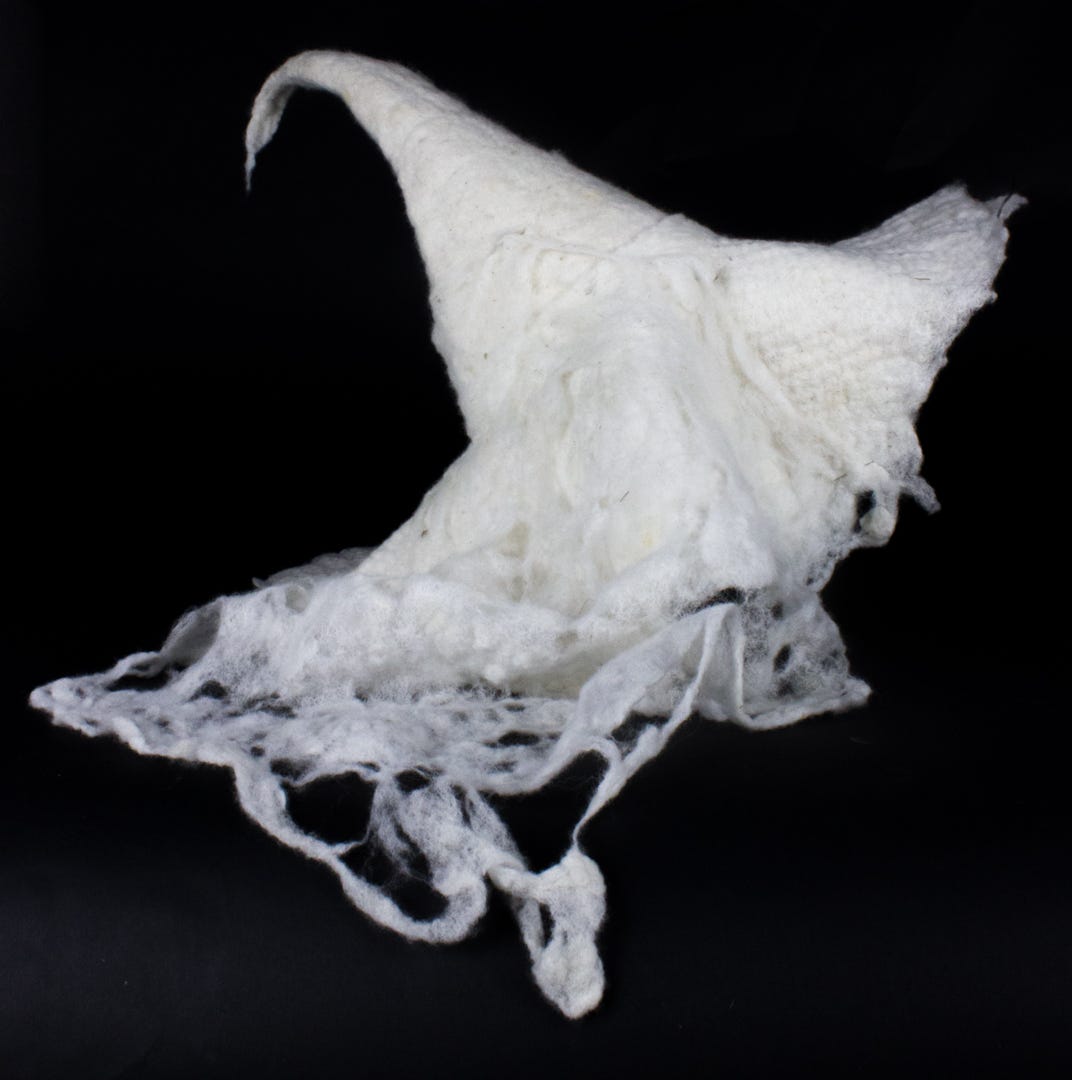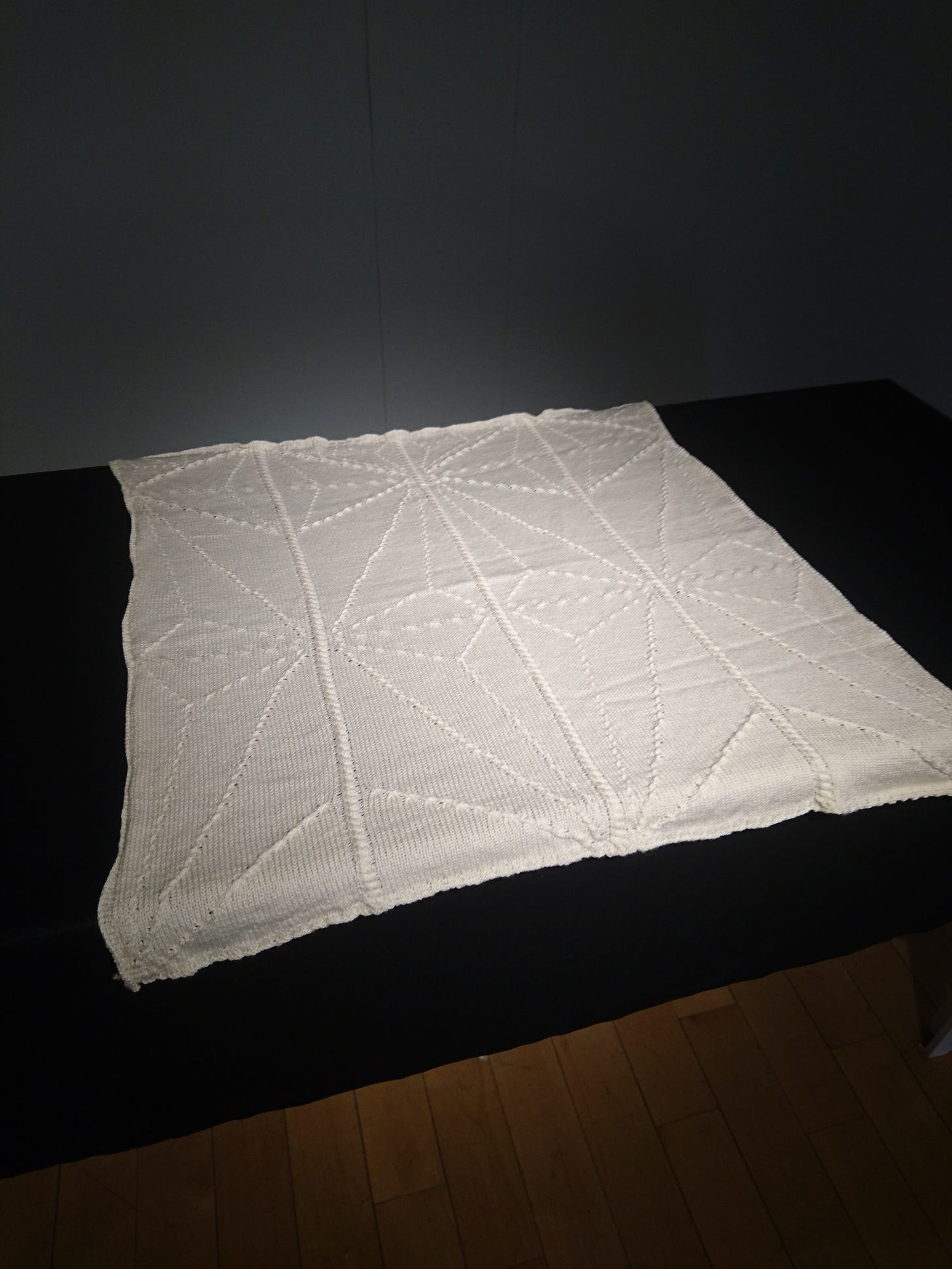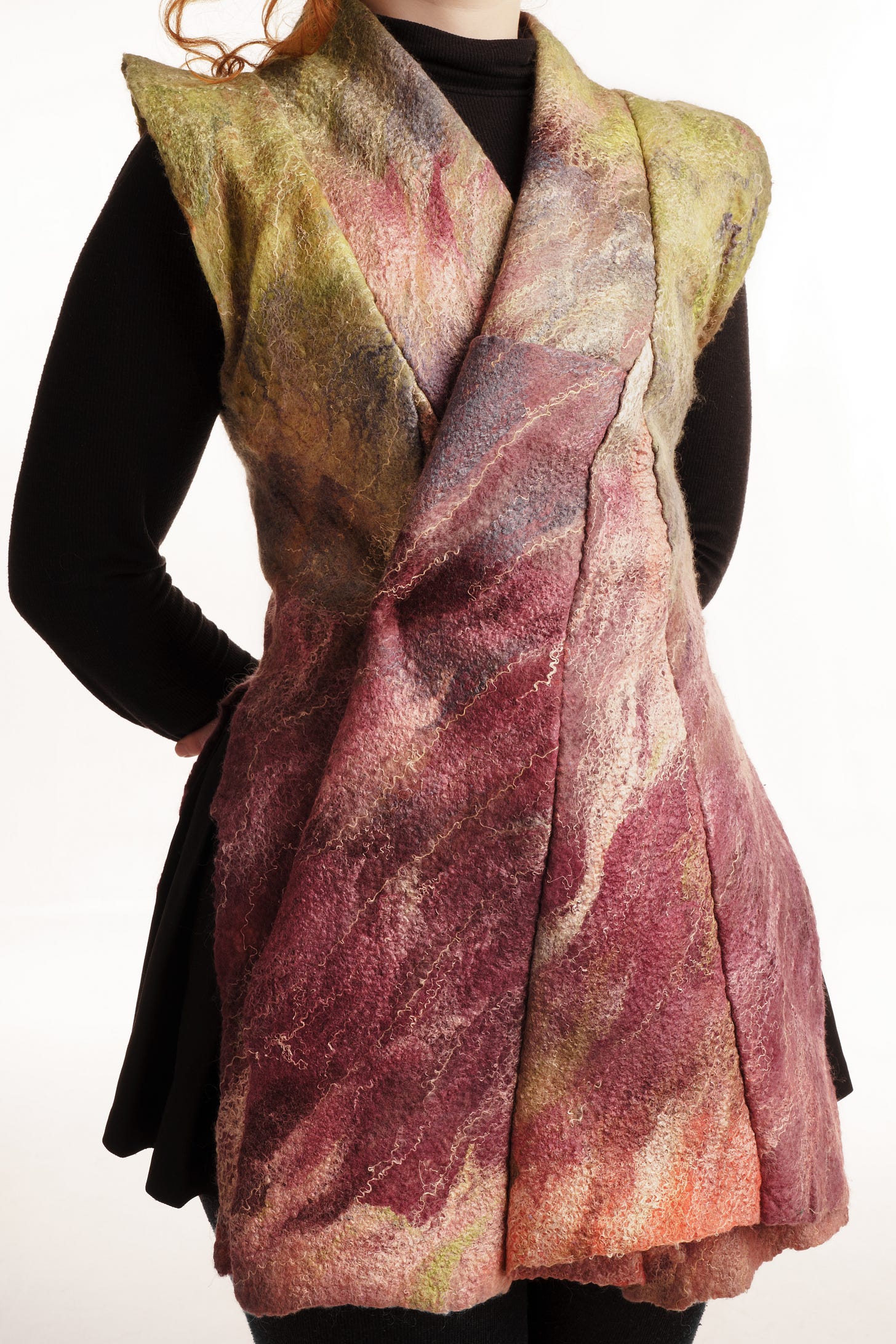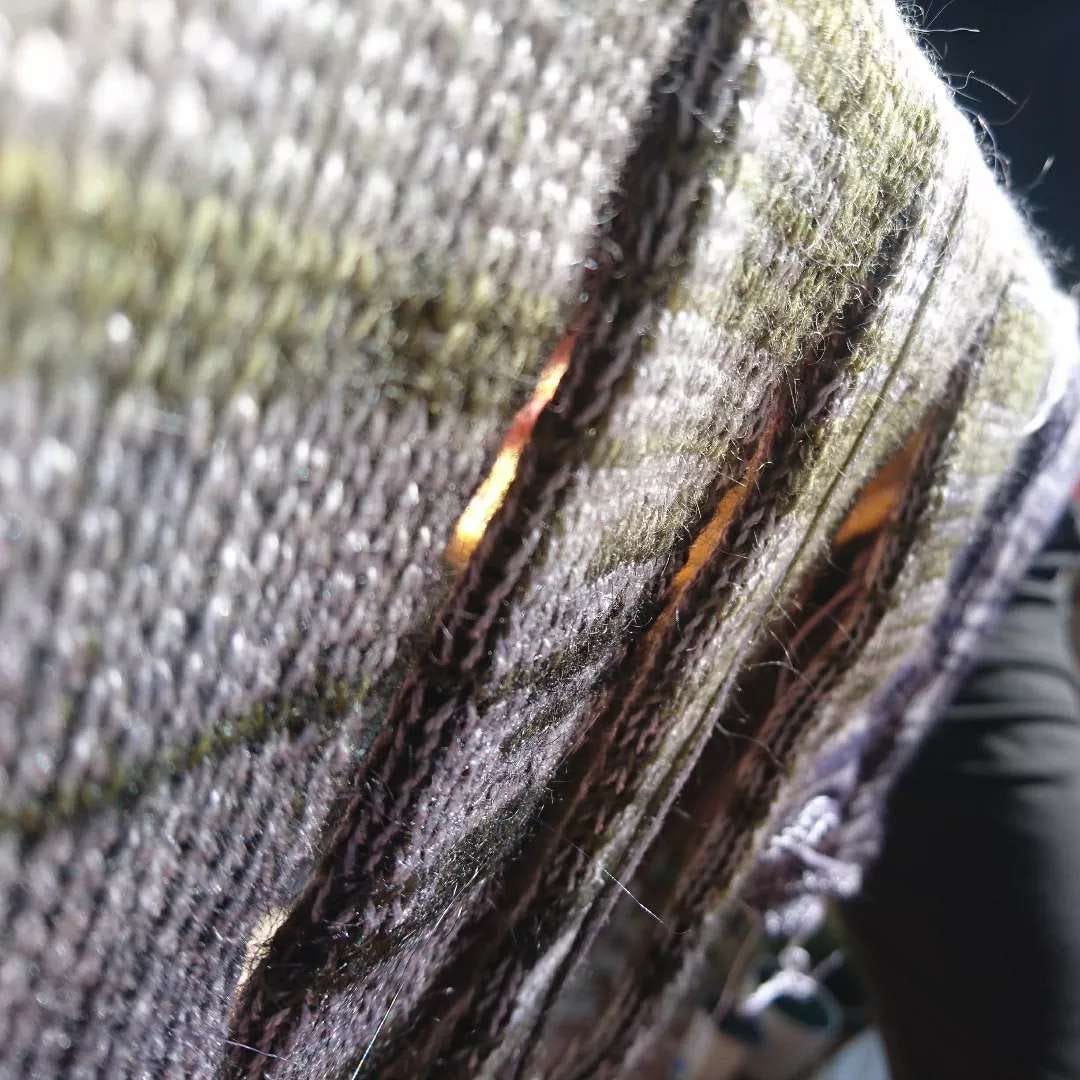A Hypothesis on Mastery and Markets
There are common themes that inspire one's best work, and direct their ever increasing skill towards mastery
What are the core traits that appear through your body of work, regardless of the medium or scale?
What is your skill level with that core trait or technique?
I have been away for the last couple of weeks to visit family. I’m still with my family, whom I haven’t seen since… oh gods, about 2017. Six years apart is too many. This article may be more stream of thought than normal, because I have slipped away to carve out some time to write.
Substack has a Discord forum where writers talk, and is mostly used for posting the weekly newsletter. I was scrolling through the past week’s releases when I came across “How to Stand Out in a Crowded Market” by The Fritz Letter. It is a short 3-5 minute read. The title and intro struck a chord because this is something that I have been trying to strategize. I have been working to discover who my market audience is. Part of that is discovering how to be visible so that you can reach your audience, and vice versa.
Here’s the part that caught my interest:
What do … have in common?
They’re rich.
They’re really good at what they do.
They do — or did — their “thing” a lot.
…
I’m going to share a pretty unpopular opinion with you here: the market of master practitioners in your niche is far from overcrowded. In fact, the world is desperate for new masters to rise up in the fields of art, music, film, athletics, and damn near everywhere else.

If the strategy is mastery, then what is mastery?
I believe that mastery is having an extensive and intuitive practical knowledge about a specific subject.
Where are they found?
I always imagine masters as being people who are mostly inside their workshop, tweaking prototypes in the morning and pondering that afternoon. That they are a folk who occasionally go on a pilgrimage to educate others before returning to their cosy homes. Being equal parts excited by what they have seen and relieved by the return of normalcy.
The market for true masters isn’t crowded; it’s wide open, and the opportunity is increasing every day as more all-time greats retire and die.
Masters are few and far between
From a cultural heritage perspective, the waning numbers of masters is a significant problem. “Living cultural treasures” dye off without an heir to their work all of the time. How many artisans do you know who have an employee, never mind a proper apprentice. Their knowledge flickers out after they pass.
Gaining mastery of an art in Japan is a long, difficult, time intensive, labour intensive process. It isn’t taught in the same method that a college teaches, but in an ‘observe and then do’ method. There are few people who want to vie or compete for said positions, take over the family business, or commit themselves so completely to one thing. It’s resulting in masters dying with no heirs to continue their specific art form. Tsumami Zaiku, dying techniques (cloth, not keeling over), weaving techniques, painting, fan making. All of these traditional crafts are suffering in a similar manner.
In North America there is a similar problem. Artisans such as cobblers, machine knitters, tailors, fur tailors, and custom garment tailors are all struggling to find apprentices who will want to pursue the intensive work. Chester Jefferies creates beautiful leather gloves. They closed their public facing business last year because there were no new employees were working to meet the production demands. I believe that the average age of the employees there is a 50.

Mastery is taught differently around the world
In North America, after standard primary and secondary education a person can go through various institutions to continue building knowledge and specializing their skill set. Even after a post-secondary education is completed, you’re not a ‘master.’ After a master’s degree, you’re not a master. After a philosophy degree, you’re not a master (although you could be considered quite well read and a trusted source in that specific specialization).
Mastery is only acquired via experience in the field after training.
Education curates each experience to maximize the potential for success, or at least for the highest likelihood of ‘learning lessons’ if one doesn’t succeed. They’re all carefully selected, bite sized bits of knowledge and worldly lessons. It’s clever design and it works, imparting information that took thousands of years to gather into a new human mind. Here, institutions pass their professor’s knowledge and philosophy down to a cohort of students, who then proceed into the world with varying levels of success.
The world outside of training isn’t so generous.
When I was in college, all of my pottery teachers were recently or currently potters who sold their work. Whether they created production work sold at markets, work made for galleries, or niche art pieces. My teachers were submerged in their field so that they could actively intuit the market changes despite the security of their tenured positions. My cohort appreciated that, because our teachers were honest with us and we knew that they weren’t talking out of their ---.
That knowledge must be applied to outside world in order to acquire mastery. The hypotheses presented by an institution in an isolated environment will be tested to see if they hold true. That means making product, testing it in various markets, and continuing to learn. Lessons can be found in making, selling, testing techniques, continuing via informal education, and through lots and lots of books. After years of doing this, doing whatever the ‘profession’ is, someone might be a master. There must also be ‘success,’ usually in the form of being able to sustain one’s livelihood via said ‘profession.’
What’s your “thing”? What do you want to do with your life?
Have you mastered your “thing”?
When was the last time you did your “thing”?
I have been ‘out in the field’ for the past few years and have felt a little adrift (which I wrote about previously). While I attend the Komoka farmer’s market and interact with customers I am discovering who my market is by observing which type of people respond to my work. By making and selling I am being shown what I love about my work. I do have a constant theme. It is considered every time that I make a piece or plan a project. When I am assessing a work made by myself or someone else it is the first thing that I observe. This is something that I have known in the back of my mind for a long time.

I love colour and texture.
The smooth bottom of a porcelain mug. The nubbles and bumps of slip scrawled on a tile. The shine or micro-crystals in glaze that produce a shiny or matte surface. I delight when seeing brushstrokes that cause different thickness and variation between layered colours. The hand of different sheep’s wool, cloth. How fibre choice and weave choice makes such an impact on the skin and drape of a garment. Controlled colour application can create inconsistency that mixes to create new visual textures. The way that colour combines with textures to enhance or suppress the properties of the fibres, creating illusions that delight and deceive. Despite that I have worked in lithography, ceramics, and textiles, my mind always considers the texture and colour of a work to be paramount.
Even my prime influence is due to its colour and texture.
Nebulas have inspired my work with their colour palettes, contrast, flow, and texture.
Texture and colour is my specialization, and one day will be my mastery.
Find what you love, how it drives you to improve, and get good.
What is your common theme? Have you obtained mastery?






